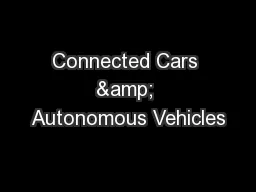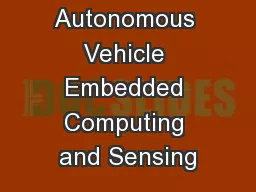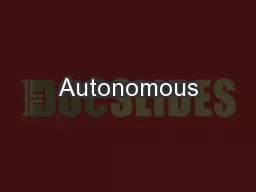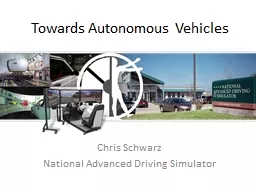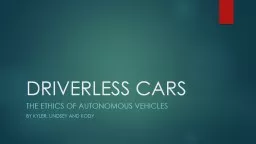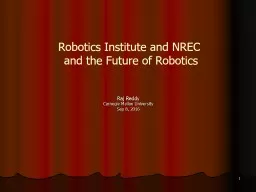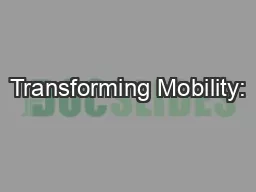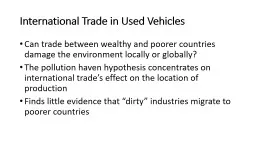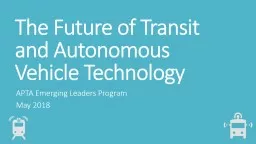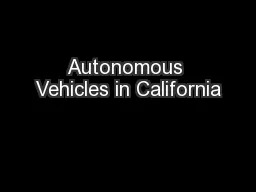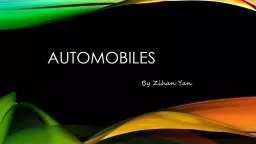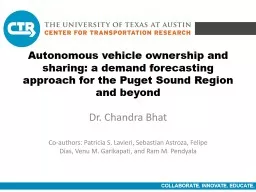PPT-Connected Cars & Autonomous Vehicles
Author : alida-meadow | Published Date : 2017-06-17
The current state of Cybersecurity A presentation given to the Self Driving and Autonomous Vehicle Technology meetup group at the Brighton Digital Catapult on January
Presentation Embed Code
Download Presentation
Download Presentation The PPT/PDF document "Connected Cars & Autonomous Vehicles" is the property of its rightful owner. Permission is granted to download and print the materials on this website for personal, non-commercial use only, and to display it on your personal computer provided you do not modify the materials and that you retain all copyright notices contained in the materials. By downloading content from our website, you accept the terms of this agreement.
Connected Cars & Autonomous Vehicles: Transcript
Download Rules Of Document
"Connected Cars & Autonomous Vehicles"The content belongs to its owner. You may download and print it for personal use, without modification, and keep all copyright notices. By downloading, you agree to these terms.
Related Documents

